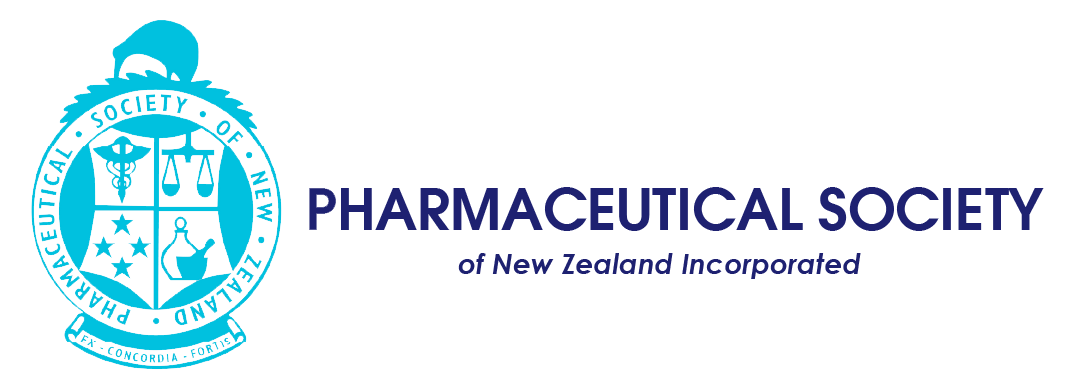PSNZ tells Health Select Committee pharmacists will want ongoing support to ensure pseudoephedrine can be provided safely if it’s reintroduced
A reintroduction of pseudoephedrine into community pharmacies would need to be supported by Government-funded measures to ensure the safety of pharmacists and their teams, PSNZ President Rhiannon Braund said today.
Presenting to the Health Select Committee considering the Bill to reintroduce the sale of pseudoephedrine, Professor Braund, supported by Practice and Policy Manager Chris Jay, said as the professional membership body for pharmacists, PSNZ was supportive of the Bill’s intent to enable patients to access products containing pseudoephedrine for the management of cold and flu symptoms after a consultation with a pharmacist.
They told the Committee that pharmacists really cared about their patients and pseudoephedrine was a good therapeutic drug and for that reason, pharmacists would likely stock it if it could be provided safely.
However, the increased risk to pharmacists from ram raids and aggravated robberies, because of pharmacies choosing to stock pseudoephedrine products for their patient population remained a concern for the profession.
They told the Committee that if the Government chose to progress this legislation officials would need to clearly communicate how pharmacies could access NZ Police’s Retail Crime Prevention Programme and MBIE’s Fog Cannon Subsidy Scheme if required. Any future pseudoephedrine related ram raids or aggravated robberies documented by the police would also need to be summarised and reported back to the Committee after a defined period.
Other measures that would underpin the safe reintroduction of the drug would be for the Ministry of Health and Te Whatu Ora to set up a national real-time monitoring system to enable patients’ access to pseudoephedrine to be monitored. Evidence for and the benefits of real-time monitoring have already been demonstrated in Australia.
Chris Jay also made the point to the Committee that at the moment pharmacists were required to record the name of the person presenting and requesting the medicine, not necessarily the patient who would use it. Best practice was that pharmacists would put in the patient’s name, but this was not a legal requirement. If the legislation could be changed to include the patient's name instead of the person requesting the medicine this would be beneficial.
The Society also highlighted the need for officials to progress the My Health Record portal at pace, as a potential solution, to capture both prescription medicines and restricted medicines, so all medicine-related health information was in one place.
Read PSNZ’s submission to the Select Committee here.
Watch the meeting here.

